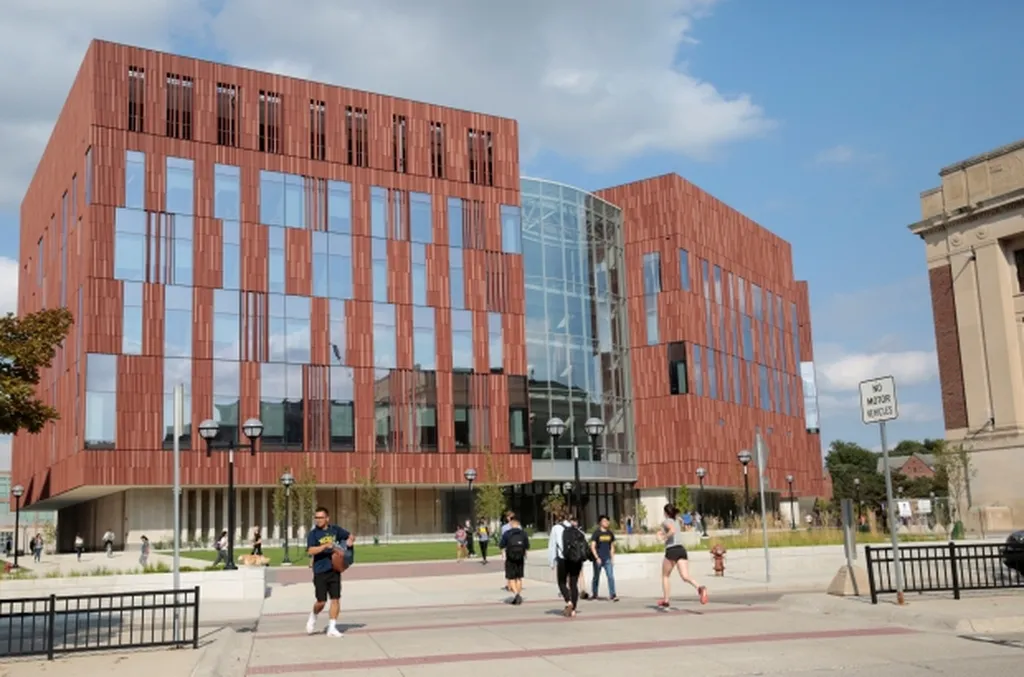In the heart of the Netherlands, at Delft University of Technology, a groundbreaking study is reshaping the future of building design and construction. Lia Tramontini, a researcher at the university, has published a dissertation in the journal ‘A+BE: Architecture and the Built Environment’ (Architecture and the Built Environment) that explores the integration of Additive Manufacturing (AM) into the design and construction of freeform steel and glass façades. This research could have significant implications for the energy sector, particularly in the realm of mass-customized fabrication and sustainable construction practices.
Freeform steel and glass façades are complex structures that require close interdisciplinary collaboration to realize the architectural vision while ensuring efficiency in design, material use, fabrication, construction, and cost. Tramontini’s research aims to leverage the advancements in additive manufacturing technology to improve current fabrication strategies for these complex components.
“Additive manufacturing technology has revolutionary potential when it comes to the fabrication of complex parts,” Tramontini explains. “As this technology continues to advance, it is quickly becoming a more accessible means of fabrication for the construction industry.”
The research begins by identifying key opportunities for the use of AM by studying existing freeform steel and glass façade construction strategies. Tramontini then explores the design and development of two key components: a structural node and a gasket node. Physical prototypes are designed and printed using different AM technologies, with the structural node prototypes compared in terms of their fabrication efficiency and material efficiency. The gasket node is qualitatively compared to existing gasket solutions.
One of the most compelling aspects of Tramontini’s research is the case study outlined in Chapter 6. This chapter discusses the integration of the product development undertaken in the previous two chapters in the larger context of a construction project. It outlines the way in which the design, development, and fabrication of AM products were conducted over the course of an interdisciplinary collaboration between a designer, an engineering team, and an execution team, for the realization of a full-scale freeform steel and glass façade.
The study also highlights the potential of AM in freeform steel and glass façade construction, but it also emphasizes the importance of further exploration and optimization for AM to be effectively integrated as a viable and sustainable building practice.
The implications for the energy sector are significant. As buildings become more energy-efficient, the demand for complex, custom façades that can integrate renewable energy technologies is likely to increase. AM could provide a more efficient, reliable, and accessible fabrication strategy for these components, reducing costs and improving performance.
Tramontini’s research is a crucial step towards unlocking the full potential of AM for these applications. It builds a body of knowledge at the intersection of design, engineering, construction, and AM that building industry professionals can refer to in order to help facilitate the design and realization of additively manufactured parts and products.
As the construction industry continues to evolve, the integration of AM into the design and construction of freeform steel and glass façades could revolutionize the way we build. Tramontini’s research is a testament to the power of interdisciplinary collaboration and the potential of additive manufacturing to transform the built environment.

